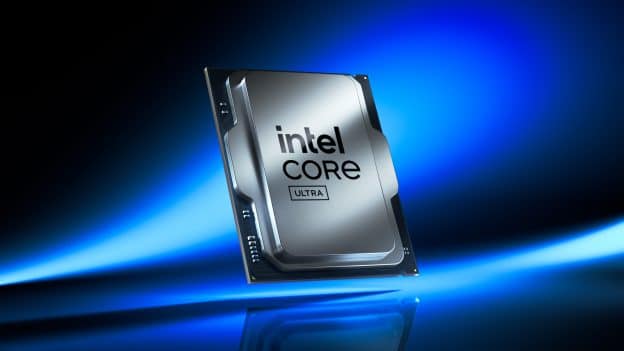Intel’s Core Ultra 200S series, the highly anticipated Arrow Lake lineup, is already shaping into one of the tech giant’s biggest headaches of 2024.
Hailed as a leap forward, these CPUs have poorly stumbled out of the gate instead. Performance issues, especially in gaming, are so prominent that even Intel’s VP of Marketing, Robert Hallock, admitted there were “self-inflicted wounds” and a launch that “didn’t go as planned.” As honest as this transparency is, it may not be enough to sway disappointed users—many are starting to question Intel’s ability to keep up with its fiercest rivals.
What Went Wrong?
According to Hallock, the Arrow Lake woes are due to a mix of OS-level and BIOS issues, resulting in lackluster performance that Intel’s internal tests didn’t catch. This misalignment between Intel’s tests and independent reviewers’ benchmarks has led to what Hallock calls “humbling lessons.” Intel’s bold promises of unparalleled gaming power have been replaced with a wave of excuses and commitments to “conduct a full audit,” outlining precisely what caused the subpar performance.
Intel has promised fixes by December, hinting at BIOS and Windows updates that could help the Core Ultra 200S series reclaim some lost ground. However, these updates might need to catch up to the transformative gains necessary to make Arrow Lake a competitor. Attempts to push performance through overclocking, APO settings, and faster RAM yielded only minor boosts, far below expectations.
Is Arrow Lake Another False Start for Intel?
Intel’s Arrow Lake story reveals an unsettling trend. While its honesty about missteps is refreshing, it may not be enough to repair the damage done to its reputation. Users want results, not excuses, and with AMD’s Zen 5 CPUs setting the bar high, Intel’s credibility in gaming performance is on shaky ground. Unless Intel significantly improves by December, its gaming market share may take another hit.
Intel’s Core Ultra 200S might ultimately be a lesson in “what could have been,” and one has to wonder how much more patience Intel’s core audience has left. At the very least, Arrow Lake shows that despite its storied history, Intel is still struggling to keep pace with the demands of the modern CPU market.
Intel’s Latest Blunder: Is the Tech Giant Running Out of Luck?
Intel, once the unshakable king of the Silicon empire, now finds itself in a self-made quagmire with its latest operational blunder. The tech giant has recently faced a whirlwind of backlash from industry insiders and investors alike, with whispers growing louder: Is Intel’s storied legacy cracking under pressure?
The latest misstep centers around an ambitious product lineup and promises that Intel cannot keep. Production delays, missed timelines, and underwhelming performance benchmarks have become too frequent to ignore. Even Intel’s most loyal customers—who’ve ridden the highs of its groundbreaking advancements—are left scratching their heads as the company struggles to find its footing in an era dominated by fast-moving competitors like AMD and Apple Silicon.
But what’s causing this fall from grace? Is Intel overreaching, or are they simply out of touch with the current market demands? From the outside, it seems like a combination of both. Overly ambitious R&D promises have repeatedly set Intel up for high-profile disappointments, shaking investor confidence and frustrating a consumer base eager for next-gen performance.
Intel’s Catch-Up Game – Too Little, Too Late?
Intel’s missteps may come at too high a price in a rapidly evolving tech landscape. As rivals continue to innovate, releasing cutting-edge chips that Intel once dominated, the once-unbreakable brand seems to be crumbling under the weight of its legacy.
Suppose Intel doesn’t hit the reset button and focus on delivering consistent, reliable products. In that case, it risks losing its foothold as the leader in microprocessor innovation—and the consumer trust that took decades to build.


